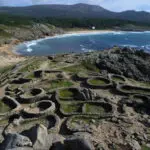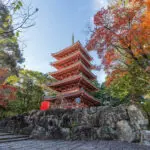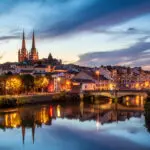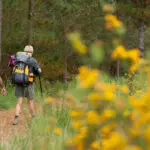A Lavacolla, a small village near the outskirts of Santiago de Compostela, owes its name to a modest river that played a pivotal role in the spiritual journey of medieval pilgrims. This location is mentioned in the Codex Calixtinus, the 12th-century guidebook for pilgrims, as a site of ritual washing. After their long and arduous journey, pilgrims would cleanse both their bodies and clothing in the river, preparing themselves for their final approach to Santiago.
This act of purification had deep symbolic significance. It mirrored the ritual bathing performed by pilgrims at the River Jordan upon completing a pilgrimage to Jerusalem. For medieval travelers, washing in the waters of Lavacolla was more than a practical necessity—it was a spiritual act, symbolizing the cleansing of sin and aligning with the sacred tradition of baptism, where water purifies the soul.
Preparing for the Holy City
On the Camino de Santiago, reaching A Lavacolla marked the beginning of the final sacred steps toward the Cathedral. Pilgrims, having washed in the river, would don clean clothes and prepare their hearts and minds for entering the holy city. From there, they continued to San Marcos, the last town before ascending Monte do Gozo.
Monte do Gozo, or “Mount of Joy,” held a special significance for pilgrims. It was from this hill that they could catch their first glimpse of the spires of the Cathedral of Santiago de Compostela, signaling the end of their long journey. For many, this moment was one of overwhelming emotion, filled with tears of joy and gratitude.
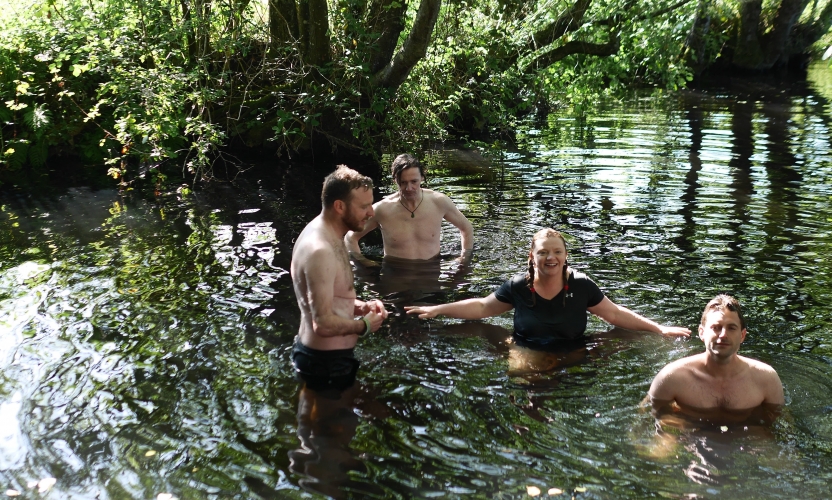
The Race to Monte do Gozo
For some groups of pilgrims, the final stretch from A Lavacolla to Monte do Gozo became an opportunity for camaraderie and playful competition. Pilgrims traveling together would often initiate a friendly race to the summit. The first to reach the top was crowned the “king” and enjoyed privileges bestowed by their fellow travelers—a lighthearted tradition that underscored the joy of nearing their sacred destination.
Echoes of History Today
While modern pilgrims may not immerse themselves in the river at A Lavacolla, the village remains a poignant reminder of the Camino’s deep spiritual heritage. The purification, reflection, and preparation rituals continue to resonate, connecting today’s travelers with the centuries-old traditions of their medieval predecessors. As pilgrims pass through A Lavacolla on their way to Santiago, they are walking in the footsteps of countless others who had also sought redemption and spiritual fulfillment along the way.
Now, make your Camino dreams a reality, check out our Camino Walking Tours and find the right route for you!

